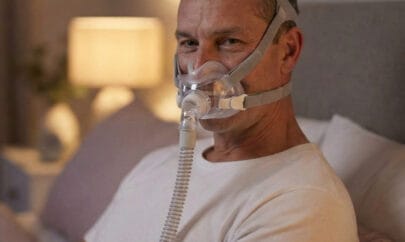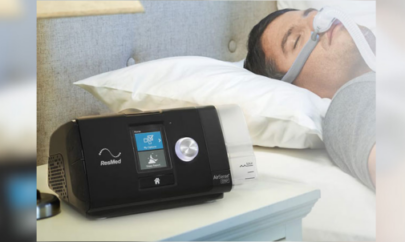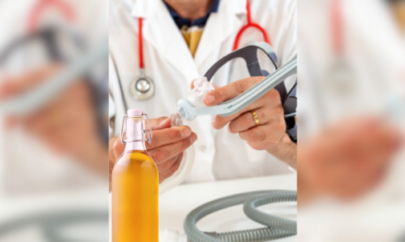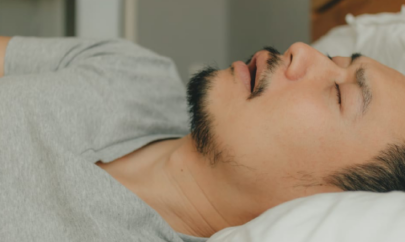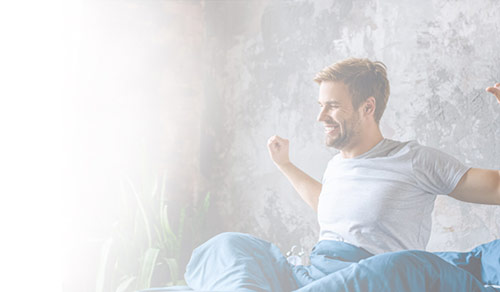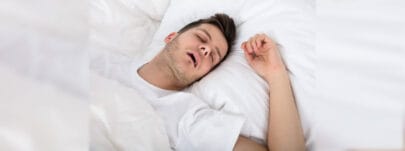
Mouth Breathers: How to Keep Your Mouth Shut With CPAP
Using a Positive Airway Pressure device is widely acknowledged to be the best way of treating obstructive sleep apnea, or OSA. However, not everybody is getting the maximum benefit from their PAP device — and this is usually because they are mouth breathers.
Mouth breathing can drastically reduce the effectiveness of PAP therapy as it can lead to a drop in the air pressure. The regulated airflow is specifically designed to keep the air passage in the throat clear of the obstructions which lead to the breathing pauses that occur in obstructive sleep apnea.
Because the device is not functioning as it should due to mouth breathing, it is important that users breathe through the nose for the optimum outcome.
This is not as simple as it may seem, as people with OSA must learn how to keep their mouths shut with CPAP therapy.
Root Causes
Mouth breathing can be just a bad habit but the chances are there is a root cause to the problem. A head cold will obviously lead to breathing through the mouth – as occurs when the nasal passages are clogged.
However, there are other common, but less obvious, causes including:
- Allergies
- Sinusitis
- Sinus polyps
- Asthma
- Deviated septum
A tendency to breathe through the mouth can be caused by a problem with the tonsils or adenoids or even a minor birth defect.
If mouth breathing is a persistent issue, the root cause should be investigated by a doctor or sleep specialist — and treated where necessary.
Until this issue is resolved, the CPAP device cannot perform as it should and the sleep apnea will continue to cause difficulties – affecting sleep and everyday activities.
Mouth Breathing Indicators
When you sleep alone, it is not easy to know if you are breathing through your mouth. Here are some indicators to look for:
- Dry mouth
- Morning headache
- Bad breath
- Circles under the eyes
- Daytime drowsiness
Although the PAP device may be working correctly, it is not working effectively if you regularly breathe through your mouth during sleep. The solution to the problem may lie in changing the type of nasal or mouth mask being used.
Alternatives
If a medical condition has been eliminated as the cause of breathing through the mouth, it is time to investigate the equipment being used and possibly make some alterations.
It is strongly advised, however, to consult a doctor or sleep specialist before implementing any major changes. There are several types of PAP masks available — and the solution for mouth breathers may be as simple as a change of mask.
The mask options include:
Full Face. This type of mask fully encloses the nose and mouth.
Nasal. Covering just the nose, a nasal mask is lighter and less cumbersome.
Nasal Pillow. Basically a strap that wraps around the head with a tube feeding into the nose, a nasal pillow mask is very lightweight and unobtrusive.
Although lightweight nasal and nasal pillow masks may seem preferable to a full face mask, there is the important matter of effectiveness to consider.
A full face mask provides a better seal between the face, mouth and nose which can improve the beneficial effects of PAP therapy.
Many OSA patients also express a marked preference for a full face mask as it is often more comfortable to wear, once you get used to it.
Choosing the correct mask type is a trial-and-error process. One type is no better or worse than another — and it will come down to personal preference based on ease of use, comfort and effectiveness.
Simple and Effective
Simple changes to the equipment or sleeping habits can be very effective in combating mouth breathing.
A chin strap can be added to a PAP mask which pulls the jawbone upwards and greatly reduces the tendency to open the mouth during sleep.
Similarly, some sleep experts advocate the use of tape to achieve the same effect — but this is still not widely accepted. A step up from a mask and chin strap is an oronasal mask which delivers pressurized air through both the mouth and nose.
Sinus and nasal congestion is also a very common reason for breathing through the mouth during sleep.
Using a humidifier will prevent the air from becoming dry, which can irritate the nasal passages. Even simpler is the use of a nasal decongestant or saline drops before sleep.
A blocked nose will inevitably force a sleeper to breathe through the mouth and this can easily nullify the benefits of PAP therapy.
Sources:
https://www.verywellhealth.com/how-to-prevent-mouth-breathing-on-cpap-3015215
https://www.sleepapnea.org/cpap/how-to-prevent-mouth-breathing-on-cpap/
https://www.respshop.com/kb/articles/what-to-do-and-not-to-do-for-cpap-mouth-breathers/



